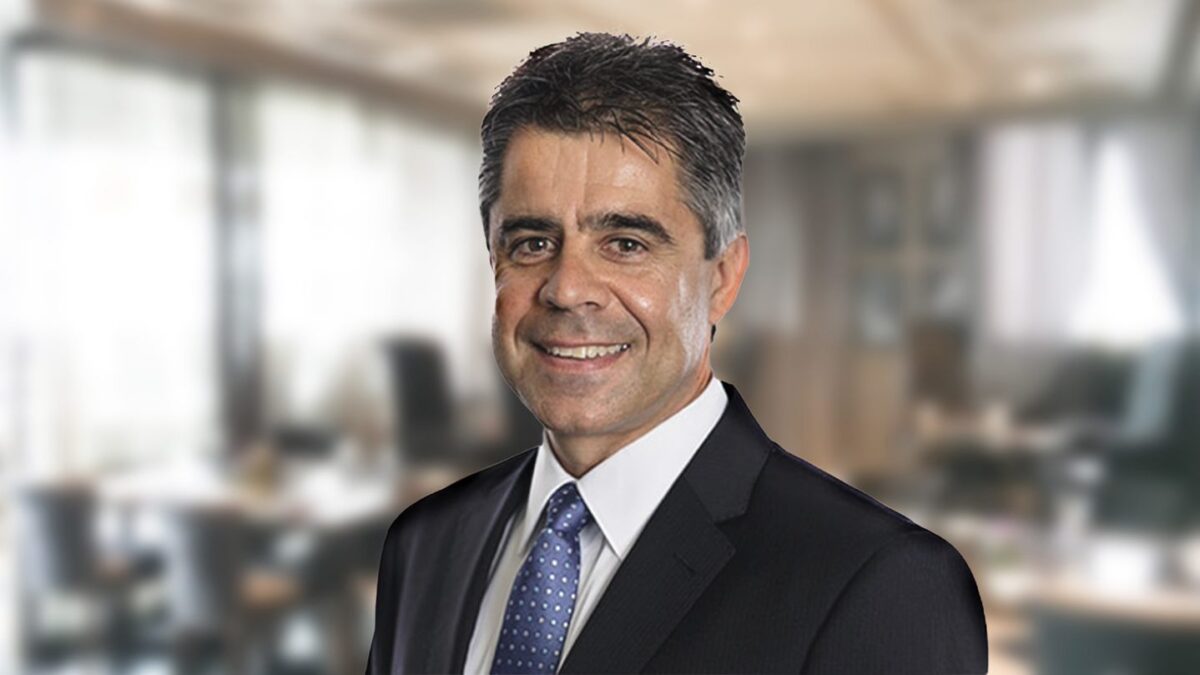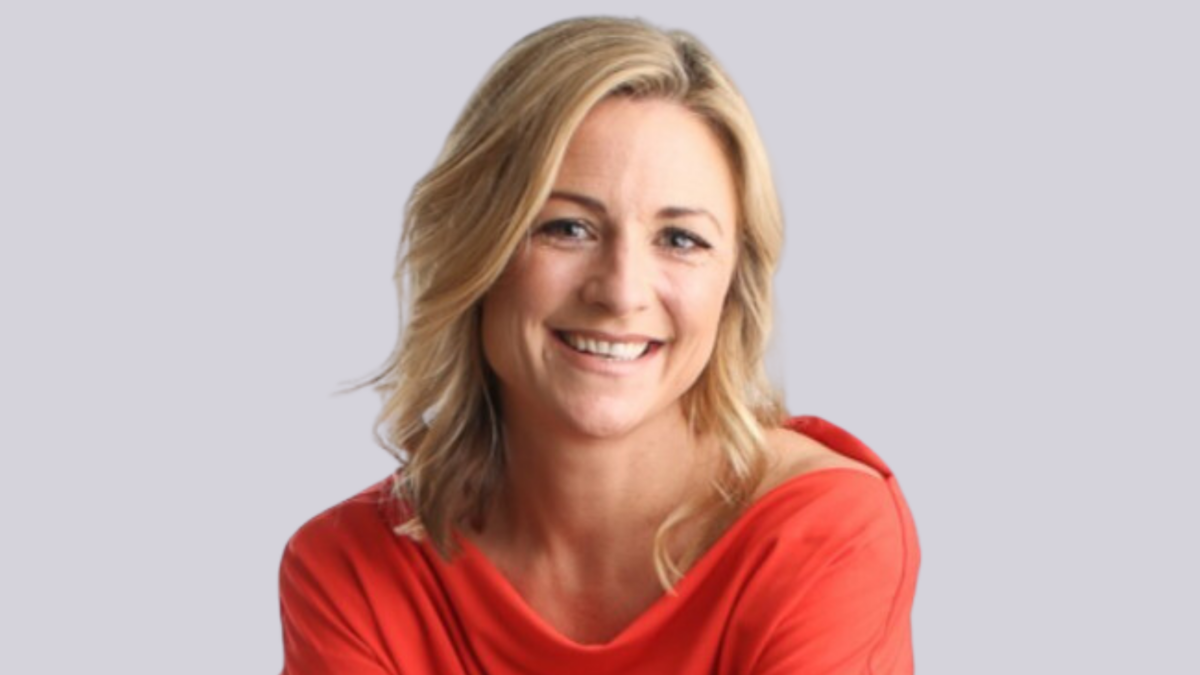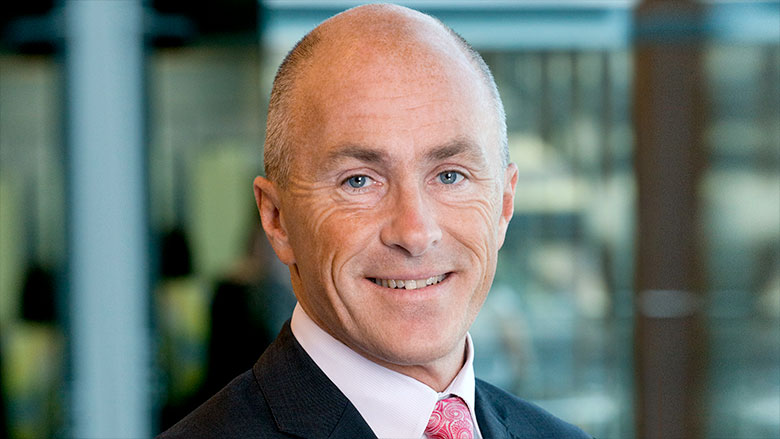High payout ratios and non-cyclical price falls are some of the red flags investors need to be wary of. A selection of portfolio managers reveal what they look out for, and try to avoid, when hunting for value stocks.
With new data showing offshore share investments comprise just 2 percent of total self-managed superannuation fund assets in Australia, advisers are warning SMSFs against overreliance on domestic shares and cash and urging diversification.
As the economy tilts toward recession, portfolio analysts are turning towards sectors and companies that handle cloudy conditions better than most. Healthcare, energy, consumer staples and utilities come into focus, while cyclical sector companies lose favour.
True to form, US stocks are outperforming Aussie shares on the back of a resurgence in technology-related company valuations. Economists warn against straying from diversification, however, with Aussie miners still offering investors capital returns on top of an underlying hedge against a US downturn.
The test allows investors who can certify that they earn $250,000 a year or have more than $2.5 million in net assets to access higher-risk securities normally off-limits to individuals. But many say the test is confusing and outdated, and an independent statutory body has called for an update.
For the world to meet climate targets, the supply of battery-grade lithium will have to ramp up greatly, prompting expectations that the price will keep rising for years to come. And Australian companies with proven lithium deposits could do well as M&A in the sector stays hot, analysts say.
While the move to tax superannuation balances above $3 million at a higher rate would affect only a handful of people at first, if the threshold is not indexed to inflation, future generations may be turned off from investing in their super, industry leaders say.
The average annual interest rate on banks’ one- and three- year term deposits has risen to 3.2 per cent from 0.25 per cent over the past year. With markets expecting the official cash rate to peak soon, savers looking to lock in attractive rates will find the best deals with smaller, newer banks, analysts say.
Although more Australian companies are paying dividends in 2023, many have reduced payouts, with the year-to-date total slightly behind 2022’s figures, according to CommSec research. The big miners are leading the cuts, while energy producers are lifting dividends to reflect record high gas prices.
Despite increased volatility emanating from the banking sector, tech stocks have been supported by falling bond yields on fears the global economy could slip into recession this year, with big-name companies leading the gains.















